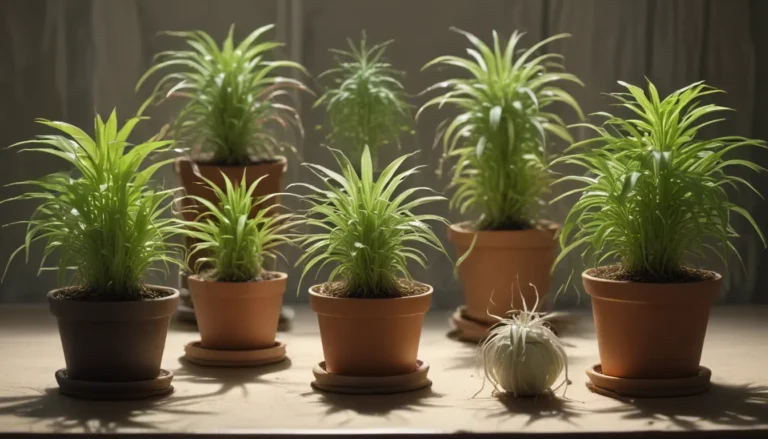A Comprehensive Guide on Identifying and Managing Common Chestnut Tree Diseases

Chestnut trees are a delightful addition to any landscape, providing shade, beauty, and delicious nuts. However, like all plants, they are susceptible to diseases. In this article, we will explore five common chestnut tree diseases, how to identify them, and steps you can take to manage and prevent further spread.
Chestnuts, while resilient and long-lived, are not immune to diseases. It is crucial for home gardeners to be aware of potential threats to their chestnut trees to ensure their health and longevity.
How to Identify and Manage 5 Common Chestnut Tree Diseases
- Anthracnose
Anthracnose is a prevalent disease that affects oak trees and other deciduous hardwoods, including chestnuts. Symptoms of anthracnose include brown spots on leaves, curling foliage, and twig dieback. The disease is caused by Apiognomonia quercina fungi and is most severe during prolonged periods of wet weather with temperatures ranging from 50 to 55°F.
Management: While fungicides can be used, they are not typically recommended for home gardeners. Pruning infected branches during the dormant season and maintaining good garden hygiene can help prevent further spread.
- Chestnut Blight
Chestnut blight is a devastating disease caused by Cryphonectria parasitica that wiped out American chestnuts in the early 20th century. Infected trees exhibit cankers on the bark, girdled branches, and yellowish-brown fungal fruiting bodies.
Management: There is no known treatment for chestnut blight. Removing infected branches and planting blight-resistant varieties such as Chinese chestnuts can help prevent the spread of the disease.
- Nut Rot
Nut rot is caused by various fungal species and commonly affects harvested nuts in Europe, Australia, and New Zealand. Symptoms include discolored, moldy, and rotten kernels.
Management: Harvesting nuts frequently and storing them in a cold environment can help prevent nut rot. Remove infected burrs and nuts from the garden to prevent further spread.
- Phytophthora Root Rot
Phytophthora root rot, also known as ink disease, is caused by Phytophthora water molds and affects chestnuts planted in poorly draining soil. Symptoms include wilted trees and dieback of branches.
Management: Avoid planting chestnuts in the same location where an infected tree once grew. Consider planting disease-resistant varieties such as Chinese chestnuts.
- Sudden Oak Death
Sudden oak death is caused by Phytophthora water molds and affects oaks, rhododendrons, and other plants. Symptoms include cankers on the bark, leaf spotting, and twig dieback.
Management: Avoid planting susceptible trees in the same location where another plant succumbed to sudden oak death. Be mindful of quarantine regulations in your region to prevent the spread of this disease.
Be on the Lookout to Keep Chestnuts Healthy
To maintain healthy chestnuts in your orchard, consider the following tips:
- Plant trees in well-draining soil.
- Prune trees to improve airflow and sunlight penetration.
- Choose disease-resistant varieties from reputable nurseries.
- Practice good garden hygiene by removing infected plant material.
While chestnut trees face several challenges, including diseases, efforts are underway to develop disease-resistant hybrids and cultivars. Home gardeners can play a crucial role in protecting these noble trees and enjoying a bountiful harvest of delicious chestnuts.
Have you encountered any diseases in your orchard? Share your stories and questions in the comments below. We’d love to hear from you!
For more information on growing nut trees at home, check out these guides:
– How to Grow and Care for Chestnuts
– How to Identify and Manage Common Chestnut Tree Pests
– How and When to Prune Almond Trees
Remember, with proper care and vigilance, you can enjoy a thriving orchard of healthy chestnut trees. Let’s work together to protect these beautiful trees for generations to come!





